Troubleshooting and doing your own AC repair in Derby, Connecticut, can appear like a lot of hassle.
There’s a better way. There are several quick remedies you can attempt by yourself that might help you get out of an AC service call.
When you’re having air conditioning issues, try this checklist before calling a heating and cooling repair professional like Giordanos Heating and Air Conditioning.
Our experts are standing by at 203-941-5099 when you need expert service.
If you want to get an up to date air conditioner, we also provide AC installation.
When you’re in contact with us, contemplate a yearly AC maintenance plan that may help you keep clear of future malfunctions. We can advise how often you need air conditioner service.
Ready to get started troubleshooting your system? Try our fast tips below. Many of these procedures don’t require any HVAC knowledge.
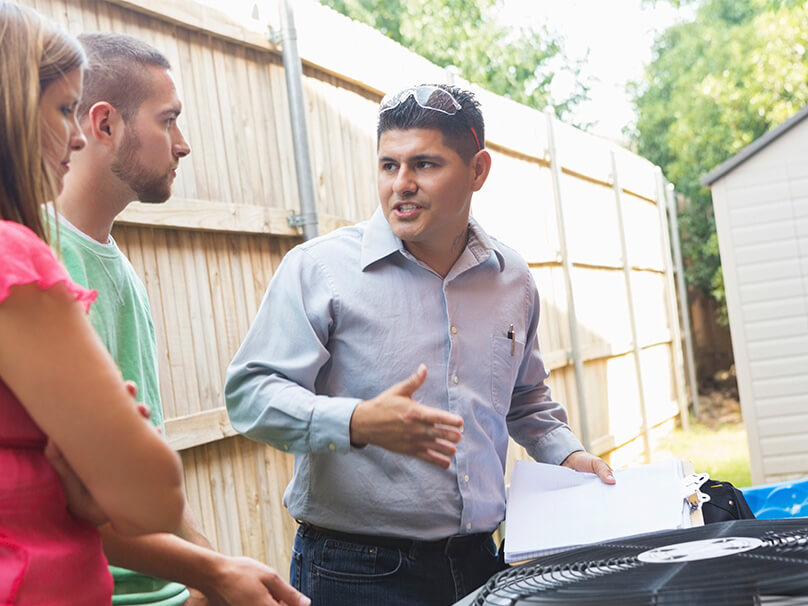
How to Know if You Need AC Repair
What are the signs your air conditioner is having issues? From unusual smells to warm air coming from the vents, there are many indicators that your cooling system has is malfunctioning and needs diagnosis and repair.
Here are some warning signs that trouble may be on the way and it’s time to call an HVAC technician from Giordanos Heating and Air Conditioning:
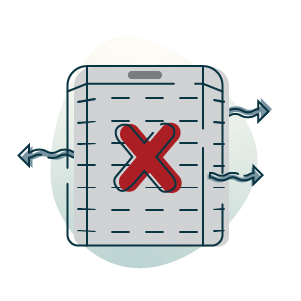
AC blows warm air instead of cold
If heated air is flowing out of your AC unit instead of cool air, or if the air isn’t as cool as normal, it’s a smart move to call us for professional cooling service.
Air conditioner frequently turns on and off
If your AC system cycles frequently instead of running consistently, it could be a sign of several problems and should be evaluated by one of our certified HVAC technicians.
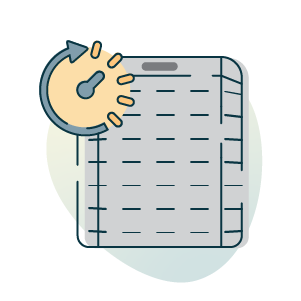
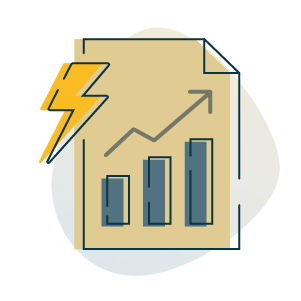
Home energy bills spike for what seems like no reason
A sharp increase in your energy usage can be a signal your AC unit is not running efficiently, which means it uses more energy to maintain a comfortable indoor temperature and needs AC maintenance or repair.
Unusual smells are coming from your air conditioning
Air conditioners aren’t supposed to smell. A strange smell coming from your air conditioner should be evaluated by a professional, as they can be a symptom of trouble like mold, mildew or even electrical issues.
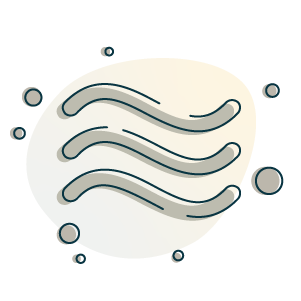
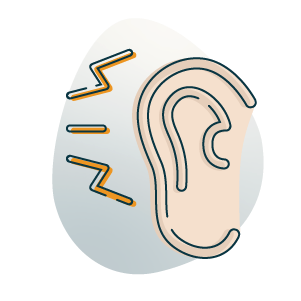
Loud sounds coming from your AC
If you hear strange sounds when your air conditioning is running — banging, scraping or high-pitched whining, to name just a few — it’s important to call for professional HVAC service to get to the bottom of the issue.
Request Professional Air Conditioner Repair Today
When you need air conditioning service quickly, contact the HVAC repair specialists at Giordanos Heating and Air Conditioning. We’ll promptly identify the problem when your equipment won’t work or provide enough chilly air.
